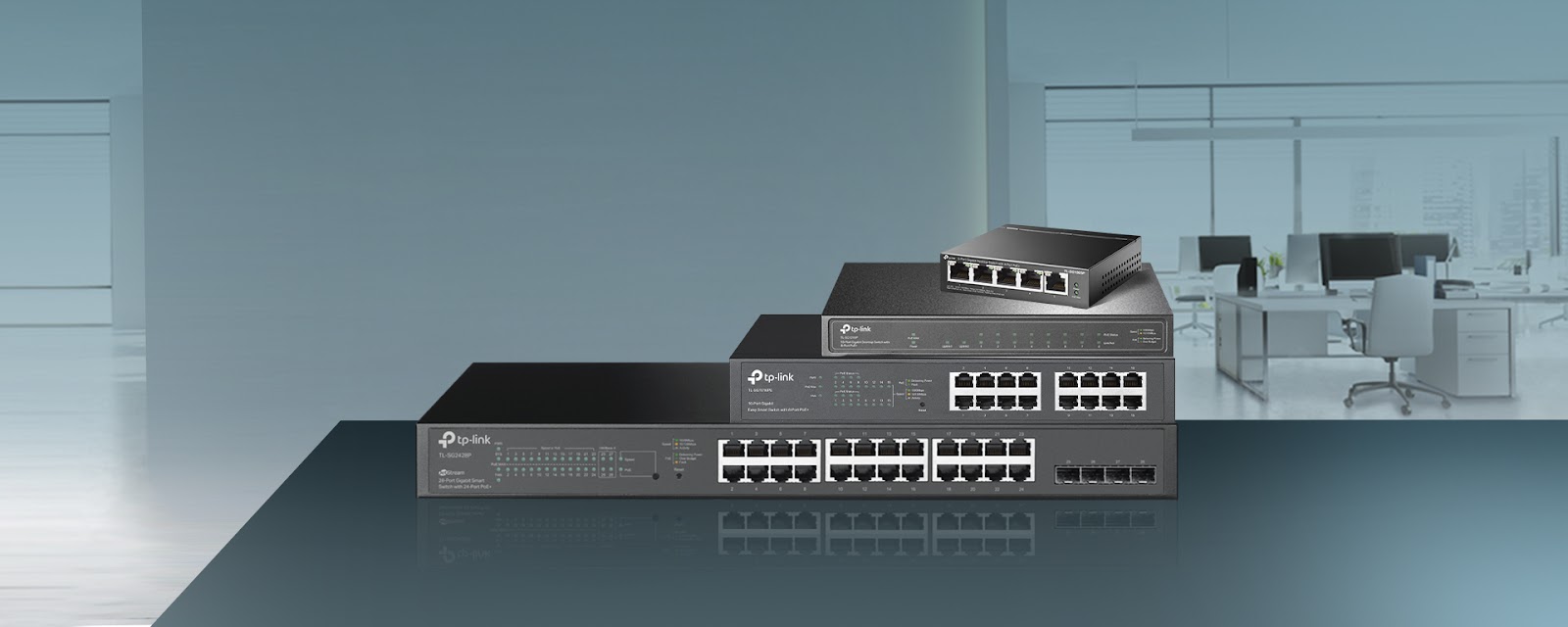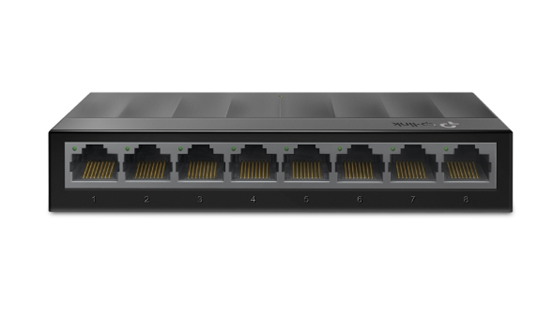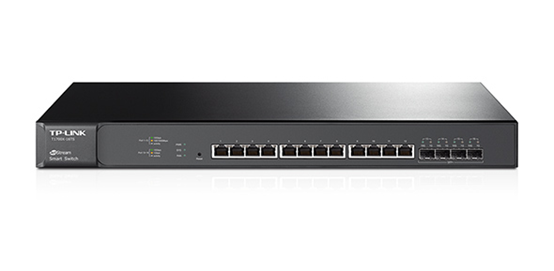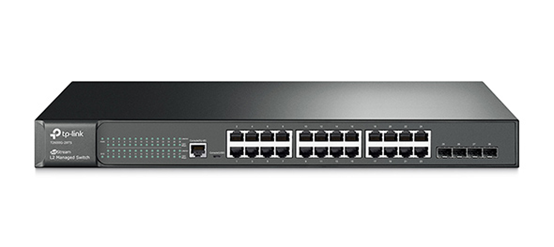What is a Switch and How Does It Help Me?
An Introduction to 3 Commonly Used Connection Methods, Application Scenarios and Functions

Nowadays, the internet has become an indispensable part of our lives. Everything seems related to it, while most people. When people need to set up a network, it can be hard to know if they need a switch, router or any other device between devices like switches and routers. If you also feel confused, check out this blog and learn what a switch is, how it usually connects, its purpose, and the various types.
What are the Differences between Switches, Routers, Hubs, and Network Address Translation?
Switches and routers are vital parts of a network, and hubs and Network Address Translation (NAT) are also frequently used when setting up a network. We will briefly introduce the devices, and walk you through the features and functions of switches.
Switch
A switch is a hardware device responsible for network bridging, forwarding data to the desired destination accurately based on MAC address. It is used not only in Ethernet, but also in fiber network, Asynchronous Transfer Mode, and other network types such as InfiniBand. Simply put, a switch is responsible for data delivery and serves as the backbone of the entire network. Many companies now use switches to connect computers, printers, cameras, lighting facilities, and servers.
Router
Routers are responsible for connecting the network and determining the transmission path of data packets. They also decide data priority like files, messages, and network interaction while transmitting the data to the specified IP address via the optimal path.
Hub
A hub is a device that integrates the Ethernet network or optical fiber. Instead of making the connected devices work on the same network segment, it allows broadcast and half-duplex mode.
- Broadcast: When computer A wants to send a packet to computer B, all devices connected to the hub will receive the data, but devices other than computer B will drop the packet.
- Half-duplex mode: A hub cannot receive and transmit data at the same time.
Network Address Translation (NAT)
NAT is used to share the IP address, which can only be used by one device normally, to other devices in the local area network. For example, NAT is in need when only one IP address is provided, but 3 computers need to access the internet. Generally speaking, most wireless network base stations now have built-in NAT for sharing broadband and meeting the demand of multiple devices surfing the Internet at the same time.
Switch Types: Three Kinds of Connection Methods, Application Scenarios and Functions
Different types of switches are used for different situations. The following is an introduction to three types of switch, which help understand the functions of a switch.
1. Unmanaged Switch

Unmanaged switches are most commonly used in a home network. They do not need complicated settings or installation. You just need to connect your computer or other network devices via network cables. An unmanaged switch has fewer functions and less network capacity.
2. Easy Smart Switch

Easy smart switches can be managed and enjoy QoS and security features. Although they are not as scalable as managed switches, they can do some tasks of a managed switch at a lower cost. When deployed at the edge of large networks, they can build smaller and less complex network infrastructure.
3. Managed Switch

Managed switches have the largest set of functions, providing the best user experience: network control, management features, and the highest degree of scalability. In addition, managed switches also have functions such as Dynamic ARP Inspection, IPv4 DHCP Snooping, and ND Inspection, preventing intentional or unintentional network attacks. They are commonly used in the core layer of medium-sized commercial networks to provide a good network experience.
As you can see, the right switch for you depends on how you will use it. For home and small-network users, a plug-and-play unmanaged switch is perfect. Small businesses can start their network with an easy smart switch. Large enterprises with heavy network traffic and security concerns benefit most from managed switches for a better network experience.
TP-Link|Professional Network Equipment Provider
When choosing network devices, network speed and information security are critical considerations. It is crucial to choose a trustworthy brand when purchasing switches, routers, and related network accessories. TP-Link has been consistently ranked as the No. 1 global provider of WLAN devices for ten years, according to the IDC (International Data Information Consulting Company) Quarterly Wireless LAN Tracker, Q4 2020. TP-Link provides various network-related products and services to meet home and commercial demands. You can always find quality products at TP-Link.







